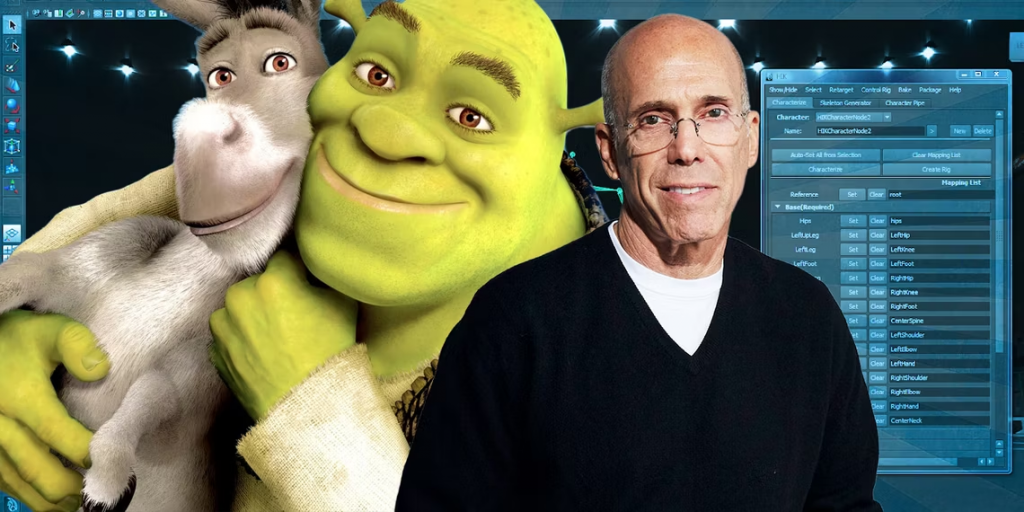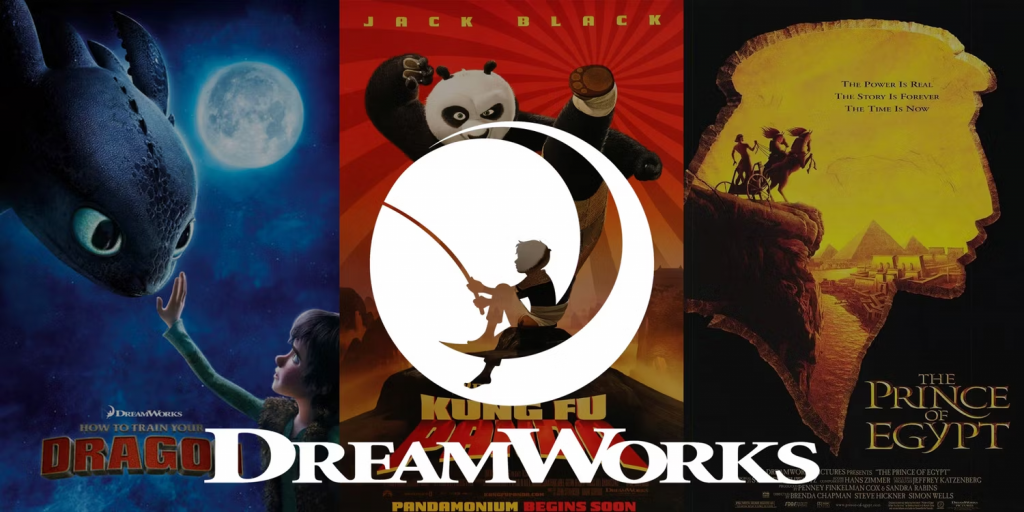
Jeffrey Katzenberg, the co-founder of Dreamworks, has sparked considerable controversy within the animation industry by suggesting that the integration of artificial intelligence (AI) could lead to a drastic reduction of up to 90% in the labor force required for creating feature-length animated films. His remarks were made during the Bloomberg New Economy Forum held in Singapore, where Katzenberg expressed his support for the implementation of AI in the production of animated movies, envisioning a future where the traditional time and labor-intensive processes would be significantly streamlined.
Katzenberg’s bold statement has come at a crucial time as The Animation Guild’s (TAG) contract is slated to conclude in 2024. This has raised concerns within the animation community about the potential implications of AI integration, leading to speculations about the industry’s future and the possibility of strikes over the utilization of AI in creative processes.
During his address, Katzenberg highlighted the transformative impact of technological advancements on the media and entertainment landscape, drawing parallels with historical innovations such as the printing press, still camera, and movie camera. He emphasized that these innovations had consistently expanded creativity and storytelling capabilities in extraordinary ways. However, Katzenberg’s vision for the role of AI in animation has triggered apprehensions among creatives, who fear the loss of jobs and a potential shift in the industry’s dynamics.

The Animation Guild, cognizant of the growing concerns related to AI in the animation sector, has formed an AI task force over the past six months. The task force has been engaging with experts to devise strategies aimed at safeguarding TAG members from the potential ramifications of widespread AI adoption. As the industry braces for negotiations in the upcoming contract renewal, TAG’s efforts are focused on developing comprehensive recommendations that will be presented early next year.
This situation mirrors the recent history of labor disputes and negotiations in the entertainment industry, notably the Writers Guild of America (WGA) and the Screen Actors Guild‐American Federation of Television and Radio Artists (SAG-AFTRA) strikes. Both these entities successfully navigated negotiations to protect the interests of writers and actors against the encroachment of AI. With AI becoming a contentious issue in creative industries, animators are pushing for similar protections.
Notable figures within the animation community, such as Giancarlo Volpe and Michael Rianda, have taken to social media to advocate for the defense of animation jobs against potential AI disruptions. They have pointed to the recent victories of the writers and actors’ guilds in securing protections against AI as a source of inspiration for animators to rally for their rights.

As the animation industry grapples with the possibilities and challenges presented by AI, the comments made by Jeffrey Katzenberg have ignited discussions about the future landscape of animation production, the role of technology, and the need to establish safeguards to protect the livelihoods of creative professionals. The upcoming negotiations between The Animation Guild and industry stakeholders are poised to play a crucial role in determining how the animation community addresses the potential impact of AI on its workforce and creative processes.
We bring out some of the most well-known Disney collection, all of which are available at reasonable costs. Visit our link now if you are interested in the Disney collection


Hiccup Horrendous Haddock III, Astrid Hofferson, Snotlout Jorgenson, Fishlegs Ingerman, Tuffnut Thorston
